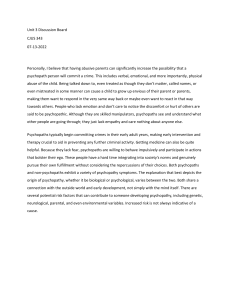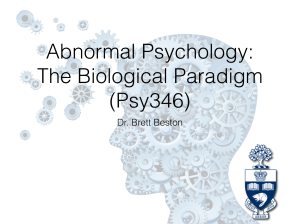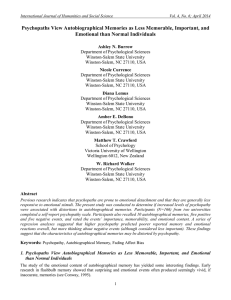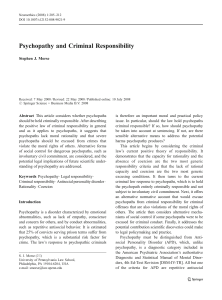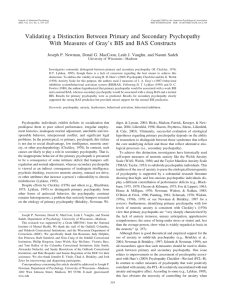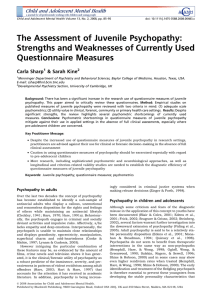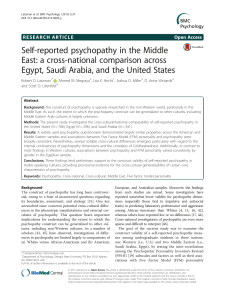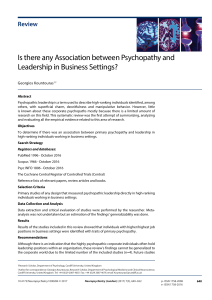1.) Describe and critically discuss the Piagetian theory of child
advertisement
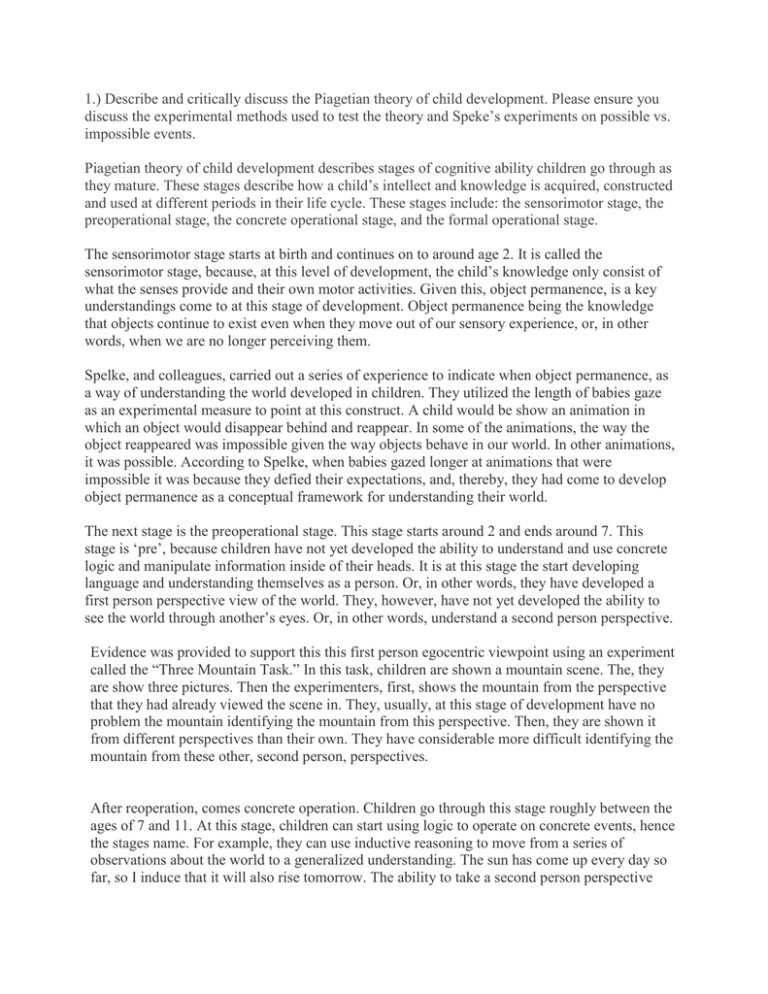
1.) Describe and critically discuss the Piagetian theory of child development. Please ensure you discuss the experimental methods used to test the theory and Speke’s experiments on possible vs. impossible events. Piagetian theory of child development describes stages of cognitive ability children go through as they mature. These stages describe how a child’s intellect and knowledge is acquired, constructed and used at different periods in their life cycle. These stages include: the sensorimotor stage, the preoperational stage, the concrete operational stage, and the formal operational stage. The sensorimotor stage starts at birth and continues on to around age 2. It is called the sensorimotor stage, because, at this level of development, the child’s knowledge only consist of what the senses provide and their own motor activities. Given this, object permanence, is a key understandings come to at this stage of development. Object permanence being the knowledge that objects continue to exist even when they move out of our sensory experience, or, in other words, when we are no longer perceiving them. Spelke, and colleagues, carried out a series of experience to indicate when object permanence, as a way of understanding the world developed in children. They utilized the length of babies gaze as an experimental measure to point at this construct. A child would be show an animation in which an object would disappear behind and reappear. In some of the animations, the way the object reappeared was impossible given the way objects behave in our world. In other animations, it was possible. According to Spelke, when babies gazed longer at animations that were impossible it was because they defied their expectations, and, thereby, they had come to develop object permanence as a conceptual framework for understanding their world. The next stage is the preoperational stage. This stage starts around 2 and ends around 7. This stage is ‘pre’, because children have not yet developed the ability to understand and use concrete logic and manipulate information inside of their heads. It is at this stage the start developing language and understanding themselves as a person. Or, in other words, they have developed a first person perspective view of the world. They, however, have not yet developed the ability to see the world through another’s eyes. Or, in other words, understand a second person perspective. Evidence was provided to support this this first person egocentric viewpoint using an experiment called the “Three Mountain Task.” In this task, children are shown a mountain scene. The, they are show three pictures. Then the experimenters, first, shows the mountain from the perspective that they had already viewed the scene in. They, usually, at this stage of development have no problem the mountain identifying the mountain from this perspective. Then, they are shown it from different perspectives than their own. They have considerable more difficult identifying the mountain from these other, second person, perspectives. After reoperation, comes concrete operation. Children go through this stage roughly between the ages of 7 and 11. At this stage, children can start using logic to operate on concrete events, hence the stages name. For example, they can use inductive reasoning to move from a series of observations about the world to a generalized understanding. The sun has come up every day so far, so I induce that it will also rise tomorrow. The ability to take a second person perspective also develops at this stage, as they can recognize the difference between their thoughts and perceptions about the world and others. Therefore, the move from ego to sociocentric. The last stage is known as formal operational stage. This stage starts around 12 and continues on into their adult lives. This stage moves from logically operating on concrete objects to formal, or abstract, objects. Abstraction is the process of subtracting the particulars from a situation and creating a mental model out of what is left. These mental models allow children to use deductive reasoning to solve problems in a systematic, logical, and methodological way. Using these methods, children can move into a third person, more objective, perspective to understand the world they exist in. 2.) Describe some of the physiological correlates to psychopathy linked to emotional deficits. Which brain theories of psychopathy are used to explain this data (Abbott, 2001)? Psychopathy is understood as an inability to empathize or feel emotions regarding others. It is a sub-set of people suffering from anti-social personality disorder. There are many psychological correlates that go along with psychopathy. Psychopath, as opposed to normal people, don’t show signs of anxiety when repeatedly exposed to jarring stimuli such as loud noises. Similarly, they don’t startle, when put in a threating environment. This show by an absence of blinking when they are exposed to stimuli, such as angry faces, that indicate a threat to most people. Also, when show emotionally charged words such as ‘joy’ or ‘kill’ psychopaths don’t have emotional responses at a greater rate than when shown neutral words such as ‘rug’. Two main brain theories support this understanding of psychopathy as being one of emotional deficit. One puts the orbitofrontal cortex at the front and center. This is part of the pre-frontal cortex, and it has been shown that people that have it damaged early in life are more likely to be very aggressive and show severe social behavioral problems. The second theory things the problem lies in the amygdala. The amygdala helps process both emotion and mediate fear. If it is not functioning correctly, it could help explain why psychopaths don’t startle easily and shoe a lack of empathy for others. It might be the case that these theories can be integrated to fully explain the cause of psychopathy. This is because there is a high number of neural connections between these two areas of the brain.
